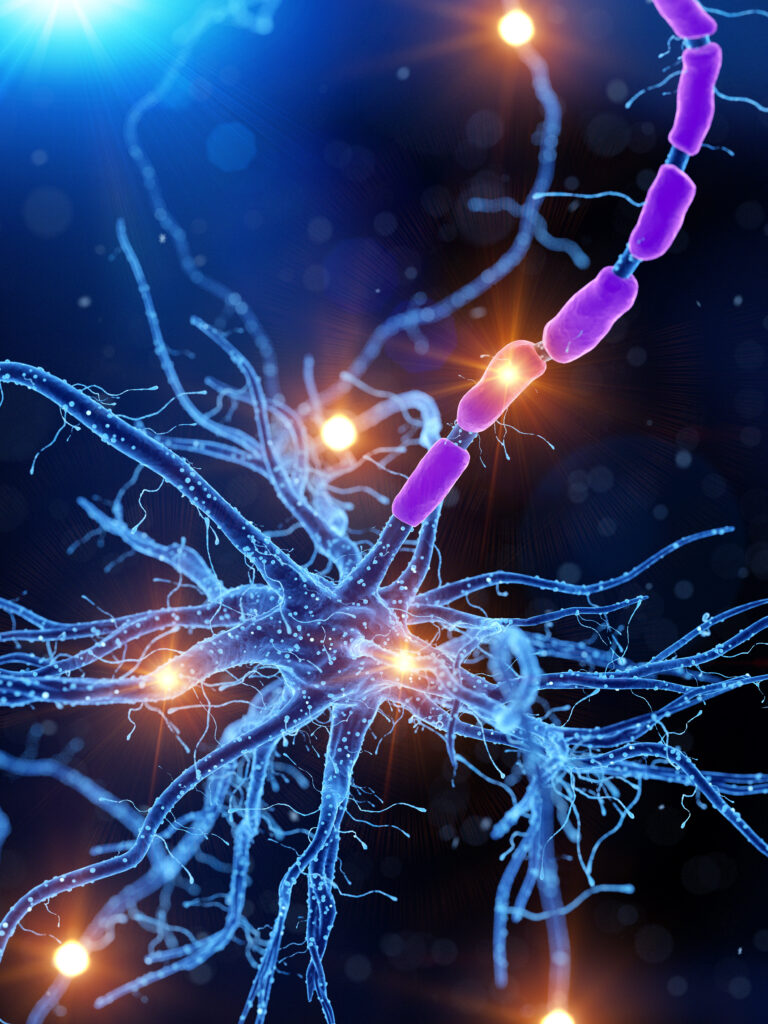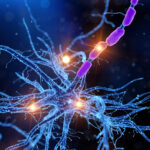Light therapy, also known as phototherapy, has been used for centuries to treat various medical conditions. The concept of using light as a form of therapy dates back to ancient civilizations such as the Egyptians, Greeks, and Romans. However, it was not until the late 19th century that modern light therapy techniques were developed.
Light therapy is based on the principle that light can have a profound effect on our physical and mental well-being. It involves exposure to specific wavelengths of light, which can have therapeutic effects on the body. This type of therapy is commonly used to treat seasonal affective disorder (SAD), sleep disorders, and skin conditions such as psoriasis and eczema.
One of the most well-known applications of light therapy is in the treatment of SAD. SAD is a type of depression that occurs during the winter months when there is less natural sunlight. The lack of sunlight can disrupt the body’s internal clock, leading to a decrease in the production of serotonin, a hormone that affects mood. Light therapy is used to mimic natural sunlight and stimulate the production of serotonin, helping to alleviate symptoms of SAD.
Similarly, light therapy has also been found to be effective in treating sleep disorders such as insomnia and jet lag. Our bodies are naturally attuned to the rising and setting of the sun, and exposure to light at specific times can help regulate our sleep-wake cycle. By using light therapy, we can reset our internal clock and improve our sleep patterns.
Aside from its effects on mood and sleep, light therapy has also been used to treat certain skin conditions. For instance, phototherapy has been found to be effective in treating psoriasis, a chronic autoimmune disorder that causes red, scaly patches on the skin. The UVB rays in specific wavelengths of light help slow down the rapid growth of skin cells associated with psoriasis.
Furthermore, light therapy has also been used to treat eczema, a condition that causes itchy and inflamed skin. The UV rays in light therapy can help reduce inflammation and improve the symptoms of eczema.
One of the unique features of light therapy is that it can be used as a standalone treatment or in conjunction with other medical treatments. For example, light therapy can be used in combination with medication to treat depression and other mental health conditions. This combination has been found to be more effective than medication alone.
Moreover, light therapy has also been used in the management of chronic pain, particularly for conditions such as fibromyalgia and arthritis. The warmth and relaxation induced by light therapy can help alleviate pain and stiffness in the joints, providing relief for those suffering from these conditions.
In recent years, there has been a surge of interest in the use of light therapy for its anti-aging benefits. Several studies have shown that certain wavelengths of light can stimulate collagen production, which can improve the appearance of fine lines and wrinkles. This has led to the development of at-home light therapy devices, allowing individuals to reap the benefits of this treatment in the comfort of their own homes.
While light therapy has numerous benefits, it is essential to note that it should be used with caution under the guidance of a medical professional. Improper use of light therapy can lead to adverse effects such as eye damage and skin burns. It is crucial to follow the recommended guidelines and consult with a healthcare provider before starting light therapy.
In conclusion, light therapy is a versatile and effective form of treatment that has numerous applications in modern medicine. From its ancient roots to its current use in treating a variety of conditions, it has proven its effectiveness and continues to evolve with new technology. As researchers continue to study and understand the mechanisms behind light therapy, it is likely that we will see even more innovative uses for this age-old treatment in the future.
So, the next time you are feeling down during the dreary winter months or struggling with a skin condition, remember that light therapy may be the solution you are looking for. After all, as they say, “where there is light, there is hope.”

